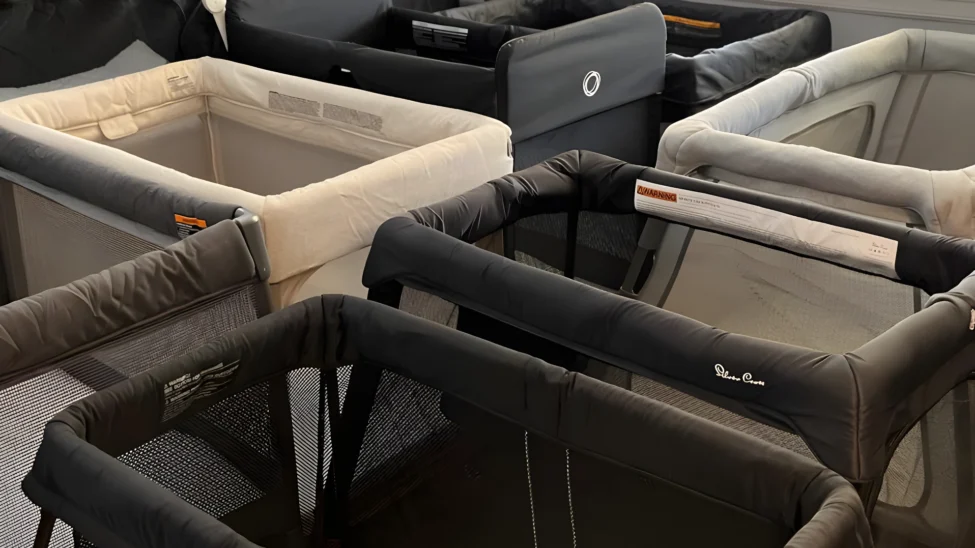
What a Travel Crib Really Is (and Isn’t)
Let’s start here: a travel crib isn’t magic. It’s not going to make your baby fall asleep instantly in a hotel room at 9 PM after a flight delay. What it can do, though, is give you one less thing to worry about when you’re not sleeping in your own bed. That’s a gift.
I remember thinking, when I got my first one, that it would be a cozy little nest—light to carry, easy to fold, sturdy as a rock. Spoiler: it was none of those things. It took me 25 minutes and some tears to unfold it the first time. That’s when I learned the hard truth: some travel cribs are made with real parents in mind, others are made to look cute in marketing photos.
Look for what helps your baby sleep—and what lets you sleep too. That’s the whole point.
When It Can Save the Day (and Your Sanity)
If you’re planning even one overnight trip this year, a decent travel crib pays off. It’s not just about camping or flying. Think grandparents’ houses. A weekend wedding. A sudden need for your little one to nap while you’re away from home. That’s when having a portable crib already in your trunk or hallway closet is pure gold.
I had a client—her name’s Julia—who didn’t bring hers to a family reunion, thinking, “We’ll improvise.” Her baby ended up napping on two chairs pushed together. The whole trip was a mess. Now she jokes that her travel crib is like a second diaper bag: it always comes along, just in case.
It’s not about planning for the perfect trip. It’s about being ready for the ones that don’t go perfectly.
Different Types, and What They’re Actually Like
You’ve probably seen them: soft-sided bassinets, lightweight aluminum frames, the fancy ones with built-in zippers and sunshades. But here’s what really separates them:
- Ease of assembly: Can you set it up with a baby on your hip? If not, think twice.
- Weight: If it’s over 15 pounds, be honest—will you really take it everywhere?
- Mattress quality: Some are laughably thin. Your baby notices.
- Size when folded: Will it fit in the overhead bin, or will you need a suitcase just for the crib?
I had one that folded like origami but squeaked like an old gate. Another one was silent but required a PhD to reassemble. What finally worked was something I could throw in the car without second-guessing. Not glamorous, just functional. That’s what counts when you’re trying to change a diaper in a tent at 6 AM.
What to Check Before You Buy
Here’s where it helps to be a bit picky. The stakes aren’t just comfort—they’re safety, sleep, and your mental health. If I were to shop again today, here’s what I’d look at first:
- Stability on uneven surfaces—can it stand on grass or sand without wobbling?
- Breathable sides—preferably mesh, for visibility and airflow.
- Removable, washable fabrics—because accidents happen, and they happen fast.
- Any pinch points or tricky locks—especially if you’ll be folding it alone at night.
Always try folding and unfolding it before you commit. If it feels like a wrestling match in your living room, imagine it after a red-eye flight.
One Real-Life Case: The “Perfect” Crib That Backfired
I once recommended a top-rated travel crib to a dad who was traveling solo with his 10-month-old. He loved the idea of it—sleek, compact, stylish. The reality? He spent 40 minutes trying to unfold it at the Airbnb, woke up the neighbors, and ended up co-sleeping on a squeaky mattress. He emailed me two days later: “I needed IKEA. I got NASA.”
A travel crib should help you relax, not become the reason you can’t.
Since then, I’ve always reminded parents: don’t go for what looks amazing in photos. Go for what works at midnight, after a flight, with one hand. The good news is—there are great options. But only if you test them, question them, and trust your instincts.


